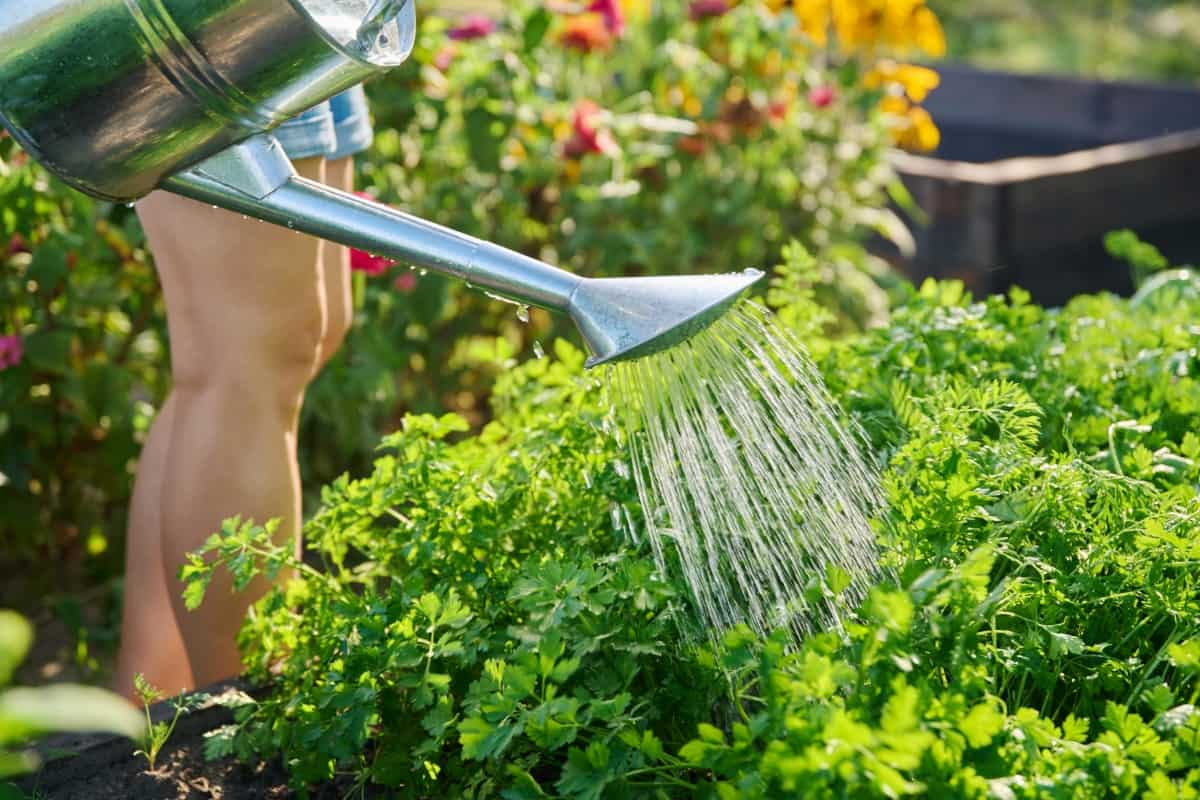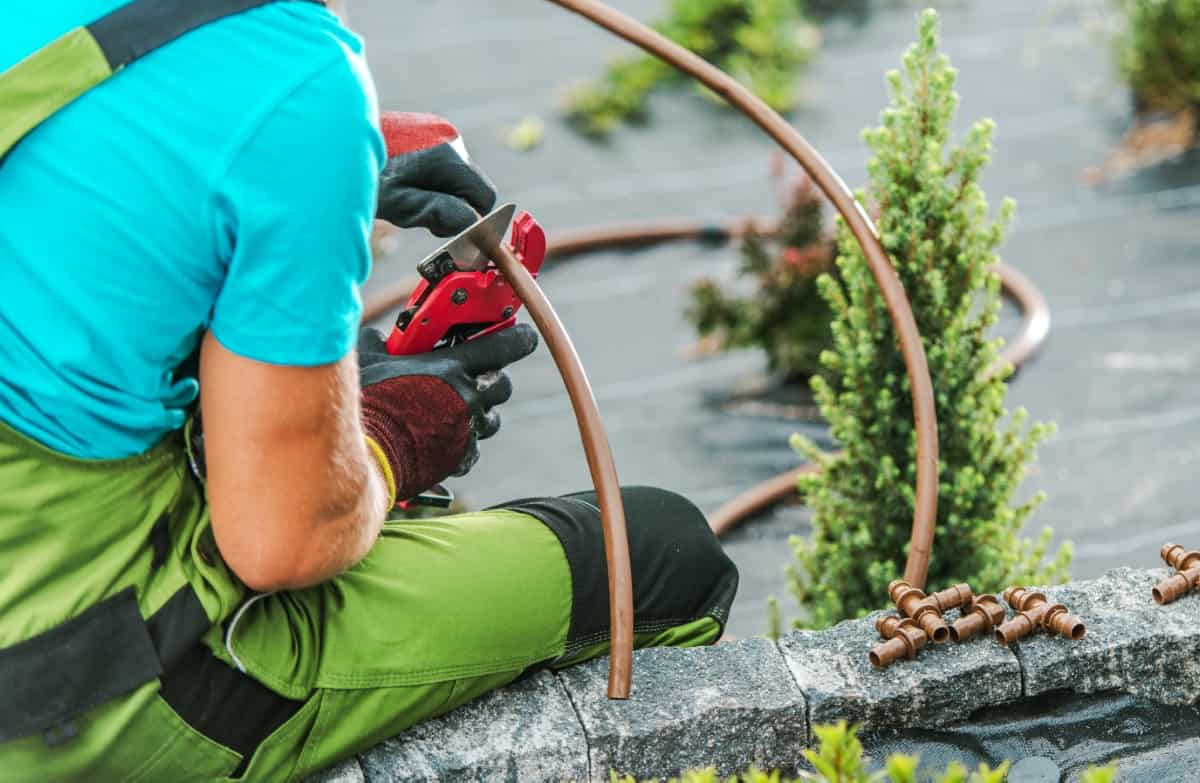A proper irrigation system for your home garden can reduce the time you spend watering. There are various irrigation methods tailored to suit different types of gardens, from small urban spaces to sprawling backyard oases. Each system has its strengths, so it’s essential to assess your garden’s unique watering needs before making a choice.

Assessing Your Garden’s Watering Needs
Assessing your garden’s watering needs is crucial for maintaining a healthy and thriving outdoor space. Start by observing how the sunlight hits different areas of your garden throughout the day. Sun exposure plays a major role in determining which plants may need more water.
Observe any stress signs, such as wilting leaves or dry soil. These indicators can help you understand where additional watering may be necessary. Evaluate the soil composition in various parts of your garden to determine how well it retains moisture. Soil that drains too quickly might need more frequent watering than soil with better moisture retention capabilities.
Choosing the Right Irrigation Method
When it comes to choosing the right irrigation method for your home garden, several factors must be considered. Think about the garden size, the types of plants you have, and the climate in your area. Different methods, like drip irrigation or soaker hoses, offer many benefits based on your specific needs.
Drip irrigation systems deliver water to the plant roots, conserving water by minimizing evaporation and runoff. They work well for gardens with individual plantings that have varying water requirements. Soaker hoses, on the other hand, provide a gentle and even distribution of water along their length, making them ideal for flower beds or vegetable gardens.
Installing a Drip Irrigation System
This efficient watering method delivers water directly to the plant base, ensuring they receive just the right amount without wastage. Drip irrigation is an easy way to install and can be customized to fit your garden’s layout perfectly. By connecting tubing and emitters strategically, you can ensure every plant gets the hydration it needs. Plus, this method helps conserve water by reducing evaporation and runoff. With a drip irrigation system in place, you’ll save time while promoting healthier plant growth.
In case you missed it: Home Garden Drip Installation Techniques, Ideas

Using Soaker Hoses for Even Water Distribution
Soaker hoses are a game-changer when it comes to efficiently watering your home garden. These hoses deliver water to the plant base, ensuring deep root penetration and minimizing evaporation. By placing soaker hoses along the rows of your garden beds, you can achieve even water distribution without wastage. The slow release of water promotes healthier plant growth by preventing surface runoff and reducing weed growth.
The key advantage of soaker hoses is their flexibility in design. You can customize the layout to accommodate plant spacing or irregularly shaped gardens. With soaker hoses, you can tailor the watering schedule based on your garden’s specific needs, whether it’s adjusting the flow rate or setting up timers for automated watering.
Setting Up Automatic Watering Timers
Setting up automatic watering timers can be a game-changer for your home garden. These handy devices allow you to schedule specific times for watering, ensuring your plants receive the right amount of moisture without any effort. To get started, choose a timer that suits the size and layout of your garden. Various options are available, from simple mechanical timers to smart digital ones that can be controlled remotely via a phone app.
Once you have selected the right timer, follow the manufacturer’s instructions for installation. Most timers are easy to set up and program, requiring minimal effort on your end. Connect the timer to your water source and adjust the settings according to your garden’s watering needs. Automatic watering timers save you time and help conserve water by delivering precise amounts directly to where they are needed most.
Rainwater Harvesting for Sustainable Watering
Rainwater harvesting is an important way to make your home garden more sustainable. With a simple setup, such as rain barrels or tanks connected to gutters, you can easily capture and store rainwater for later use. Not only does rainwater harvesting help reduce your water bill, but it also lessens the burden on municipal water supplies. By utilizing this natural resource, you’re taking steps towards environmental conservation and promoting self-sufficiency in gardening practices.
Plus, using collected rainwater is beneficial for plants as it’s free from chemicals like chlorine present in tap water. It’s pure and better suited for nurturing your greenery without any harmful additives. Give it a try and see the difference in the health of your garden with this eco-friendly approach.
In case you missed it: Garden Drip System Advantages, and Disadvantages

Using Mulch to Retain Soil Moisture
Mulch acts as a barrier, protecting the soil from sunlight and reducing water evaporation. This helps to retain soil moisture, keeping your plants hydrated for longer periods. By adding a mulch layer around your plants, you can also prevent weed growth that competes with your garden plants for water and nutrients.
Organic mulches break down, enriching the soil with valuable nutrients that benefit plant growth. Plus, mulch adds aesthetic appeal to your garden landscape, giving it a neat appearance. It’s an easy and cost-effective way to promote healthy plant growth and conserve water in the long run.
Maintenance and Troubleshooting of Watering Systems
Maintaining your garden watering system is key to keeping your plants healthy and thriving. Regularly check for leaks, clogs, or damaged components that may affect water distribution. Clean filters and nozzles to ensure optimal flow and prevent blockages. Periodically inspect the tubing and connections for any signs of wear or deterioration. Adjust the water pressure as needed to avoid overwatering or underwatering your plants.
In case you missed it: Cost Analysis of Lawn Sprinkler System Per Square Foot, 1/4 Acre, 1/2 Acre, and 1 Acre

In case of issues, troubleshoot by identifying the problem area and making necessary repairs promptly. During the colder months, remember to drain the system to prevent freezing damage. Keep an eye on weather conditions and adjust watering schedules accordingly to avoid wasting water during rainy periods. By staying proactive with maintenance tasks, you can ensure a reliable watering system all year round.
Smart Watering Solutions and Technologies
With the technology advancement, it is now easier than ever to ensure that your plants receive the right amount of water at the right time. The popular smart watering solution is using Wi-Fi-enabled irrigation controllers. These devices allow you to remotely schedule and monitor your watering system from a smartphone or tablet, making it convenient to adjust settings based on weather conditions or plant needs.
Another innovative technology is soil moisture sensors. These sensors measure the level of moisture in the soil and can signal your irrigation system to water only when necessary, helping prevent overwatering and conserving water resources. Furthermore, some smart systems integrate weather forecast data to adjust watering based on upcoming rain events automatically, ensuring optimal hydration for your garden without unnecessary wastage.
By setting up an effective watering system tailored to your garden’s needs, you can maintain a lush and thriving outdoor space throughout the seasons. Applying an efficient watering system to your home garden is beneficial for the health and growth of your plants and for conserving water resources.
- Best Liquid Fertilizer for Flowering Plants
- How to Set Up an Efficient Watering System for Home Garden
- How to Mulch Tulip Bulbs: Expert Tips Best Tulip Blooms
- Common Problems with Potted Figs and How to Solve Them
- How to Prevent Flower Drops in Pomegranate Trees: Effective Tips
- How to Boost Ridge Gourd Flowering and Yield: A Beginner’s Guide
- Effective Pollination Techniques for Maximizing Gourds Yield
- Composting Techniques for Manure in Home Gardens
- A Step-by-Step Guide on Propagation Techniques for Jasmine Plants